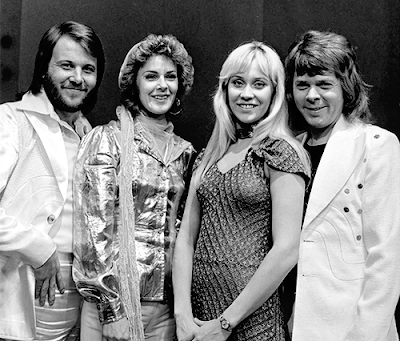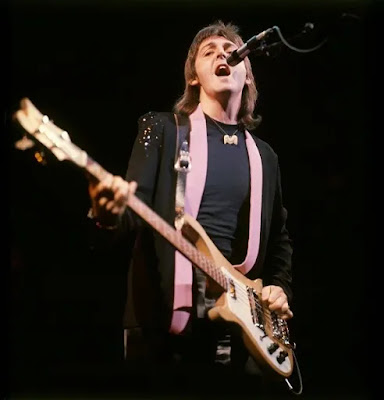Escrita por Bob Dylan, foi gravada em 31 de julho de 1975 e lançada no disco Desire, em 5 de janeiro de 1976. Foi produzida por Don De Vito. É a canção que fecha o disco e fala sobre a sua separação com sua esposa, Sara Dylan. Fala do começo do relacionamento, quando as crianças eram pequenas. Sara estava na gravação, nunca tinha ouvido antes e Dylan antes de gravar disse: “This one's for you”. Tem uma passagem na música em que ele lembra de quando morava no Chelsea Hotel e fala de quando escreveu Sad eyed lady of the Lowlands pra Sara. Essa foi a única vez que Dylan falou do título de outra canção dele em outra canção. Dylan e Sara fizeram as pazes depois dessa gravação mas se separaram de vez em 1977. É canção a mais pessoal de Dylan. A revista Rolling Stone colocou-a como número 48 de sua lista das 100 greatest Bob Dylan Songs. Bob Dylan cantou, tocou violão e gaita. Scarlet Rivera tocou violino. Rob Stoner tocou baixo e Howard Wyeth tocou bateria.
A letra:
I
laid on a dune, I looked at the sky
When the children were babies
and played on the beach.
You came up behind me, I saw you go
by
You were always so close and still within reach.
Sara, Sara
Whatever made you want to
change your mind?
Sara, Sara
So easy to look at, so hard to
define.
I can still see them playin' with their
pails in the sand
They run to the water their buckets to fill.
I
can still see the shells fallin' out of their hands
As they follow
each other back up the hill.
Sara, Sara
Sweet virgin angel, sweet
love of my life
Sara, Sara
Radiant jewel, a mystical wife.
Sleepin' in the woods by a fire in the
night
Drinkin' white rum in a Portugal bar
Them playin'
leapfrog and hearin' about Snow White
You in the marketplace in
Savanna-la-Mar.
Sara, Sara
It's all so clear, I
could never forget
Sara, Sara
Lovin' you is the one thing I'll
never regret.
I can still hear the sounds of those
Methodist bells
I'd taken the cure and had just gotten
through
Stayin' up for days in the Chelsea Hotel
Writin'
"Sad-Eyed Lady of the Lowlands" for you.
Sara, Sara
Wherever we travel we're
never apart.
Sara, oh Sara
Beautiful lady, so dear to my heart.
How did I meet you? I don't know.
A
messenger sent me in a tropical storm.
You were there in the
winter, moonlight on the snow
And on Lily Pond Lane when the
weather was warm.
Sara, oh Sara
Scorpio Sphinx in a
calico dress
Sara, Sara
Ya must forgive me my unworthiness.
Now
the beach is deserted except for some kelp
And a piece of an old
ship that lies on the shore.
You always responded when I needed
your help
You gave me a map and a key to your door.
Sara, oh
Sara
Glamorous nymph with an arrow and bow
Sara, oh Sara
Don't
ever leave me, don't ever go.
A versão de Bob Dylan:
A versão de Ronen Zel:
A versão de Maya Johanna:
















